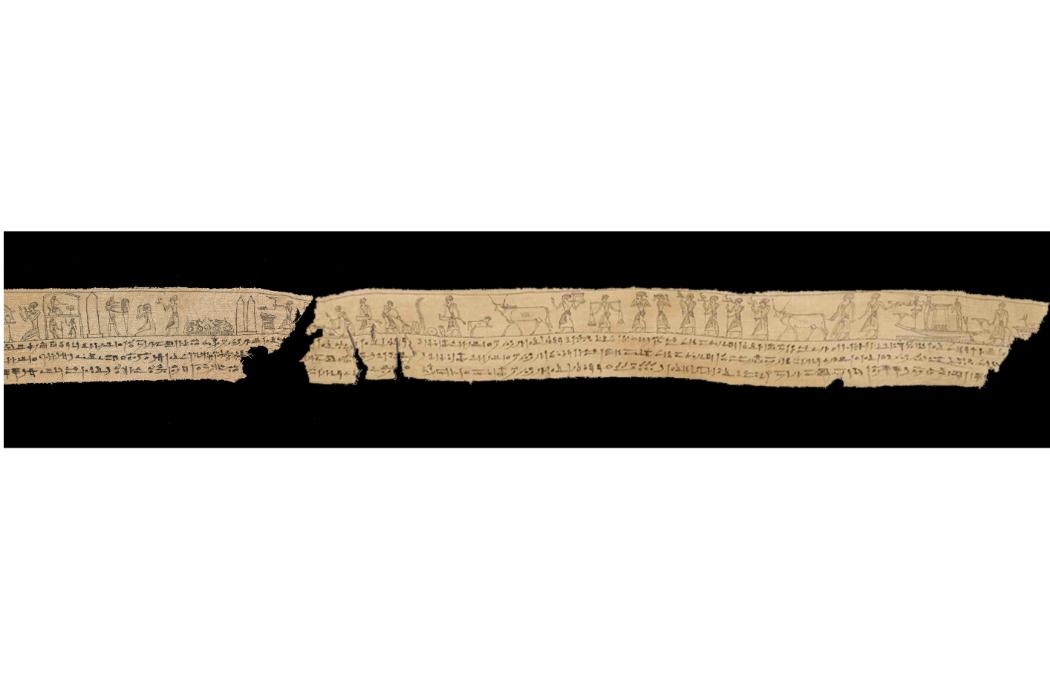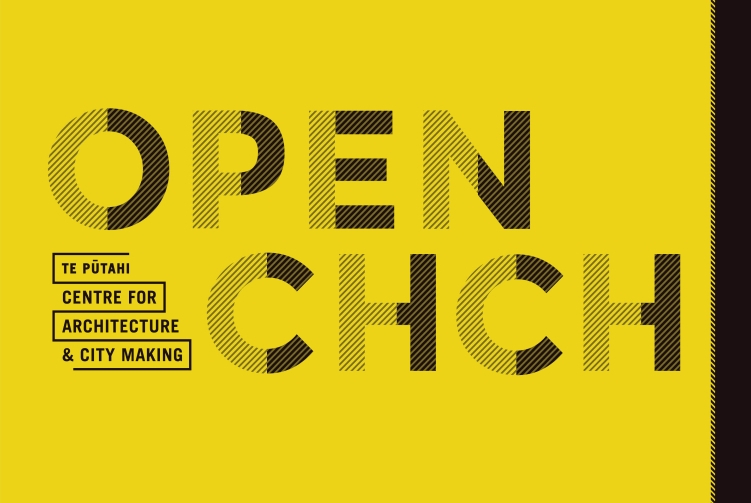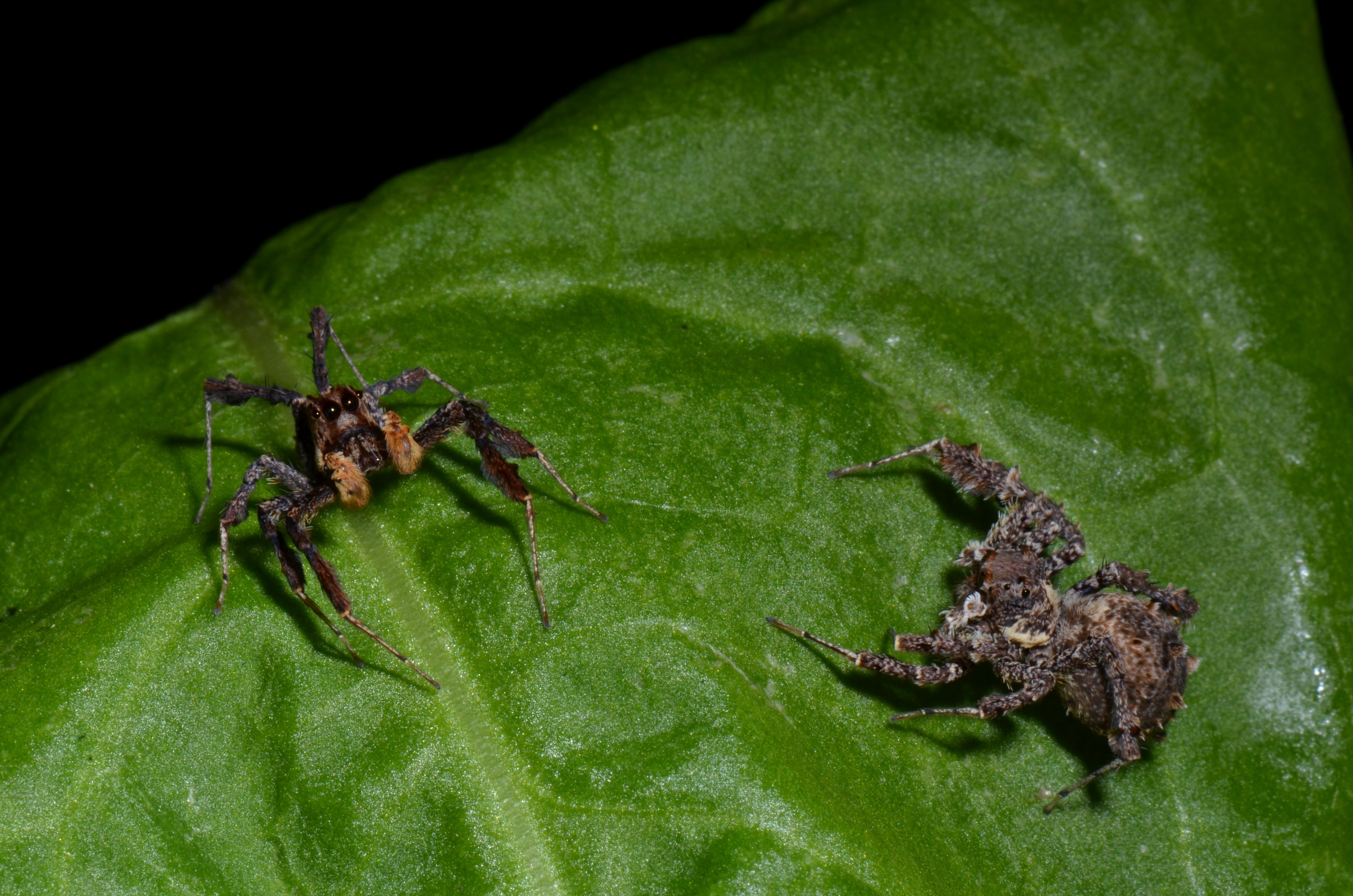The discovery was made after the fragment in Christchurch was catalogued online with other artefacts of the Teece Museum’s James Logie Collection, one of the most significant collections of Greek, Roman, Egyptian and Near Eastern artefacts in Aotearoa New Zealand.
Egyptian art expert, UC Classics Associate Professor Alison Griffith, says the adjoining pieces of shroud depict scenes and spells from the Book of the Dead and writing in Egyptian hieratic script, and date from 300 BCE.
“There is a small gap between the two fragments; however, the scene makes sense, the incantation makes sense, and the text makes it spot on. It is just amazing to piece fragments together remotely,” she says.
“Egyptian belief was that the deceased needed worldly things on their journey to and in the afterlife, so the art in pyramids and tombs is not art as such, it’s really about scenes of offerings, supplies, servants and other things you need on the other side.”
In earlier periods, the Egyptians wrote directly on the walls of the tomb, however, in the later period they wrote on papyrus and the linen used to wrap mummified bodies.
“It is hard to write on material; you need a quill and a steady hand, and this person has done an amazing job,” Associate Professor Griffith says of the fragment, which includes images of butchers cutting up an ox as an offering; men carrying furniture for the after-life; four standard bearers with nome signs (hawk, ibis and jackals); a funerary boat with the figures of goddess-sisters Isis and Nepthys on either side; and a man pulling a sledge bearing an image of Anubis, Protector of the Dead.
A similar scene occurs at the beginning of the copy of the Book of the Dead on the Turin Papyrus.
Dr Foy Scalf, Head of Research Archives at the University of Chicago’s Oriental Institute, shed more light on the story of the Logie Collection item after learning of its existence and confirming the match.
“Your linen fragment is just one small piece of a set of bandages that were torn away from the remains of a man named Petosiris (whose mother was Tetosiris). Fragments of these pieces are now spread around the world, in both institutional and private collections,” he says.
“It is an unfortunate fate for Petosiris, who took such care and expense for his burial. And, of course, it raises all sorts of ethical issues about the origins of these collections and our continued collecting practices.”
As views on the ethics of artefact acquisition have changed considerably, there is renewed interest in how artefacts have been collected, sold, and dispersed around the world, including to countries such as Aotearoa New Zealand. “That is a whole sub-field of museum studies around the world,” Associate Professor Griffith says.
The Logie Collection fragment was purchased by Professor DA Kidd on behalf of UC in 1972 at a Sotheby's sale in London. The shroud originally came from the collection of Charles Augustus Murray, who was British Consul General in Egypt from 1846-63, and later became part of the collection of Sir Thomas Phillips (1883-1966). How the fragments came to be separated, however, remains a mystery.
Woven of delicate, pale brown linen, the Logie Collection fragment is kept in storage but is available to scholars, researchers, and students of history and classics. Sometimes a student enrolled in UC’s Professional and Community Engagement (PACE) programme is lucky enough to work with this precious item through their Teece Museum internship.
The virtual match of the two fragments has allowed for new translations of the script and further possible connections.
“This shows how valuable our Logie Collection is for teaching and research as we are still able to make new discoveries about these objects. It also shows how valuable it has been to put our collection online,” Terri Elder, curator at the Teece Museum, says.
Already a further potential match has been made with a fragment from the RD Milns collection, at the University of Queensland, Australia.
“The story, like the shroud, is being slowly pieced together,” Elder says.
The Teece Museum of Classical Antiquities, at UC Arts city campus (in the Christchurch Arts Centre), is open to the public Wednesday to Sunday, 11am-3pm, and features regular exhibitions, public talks and school programmes.










